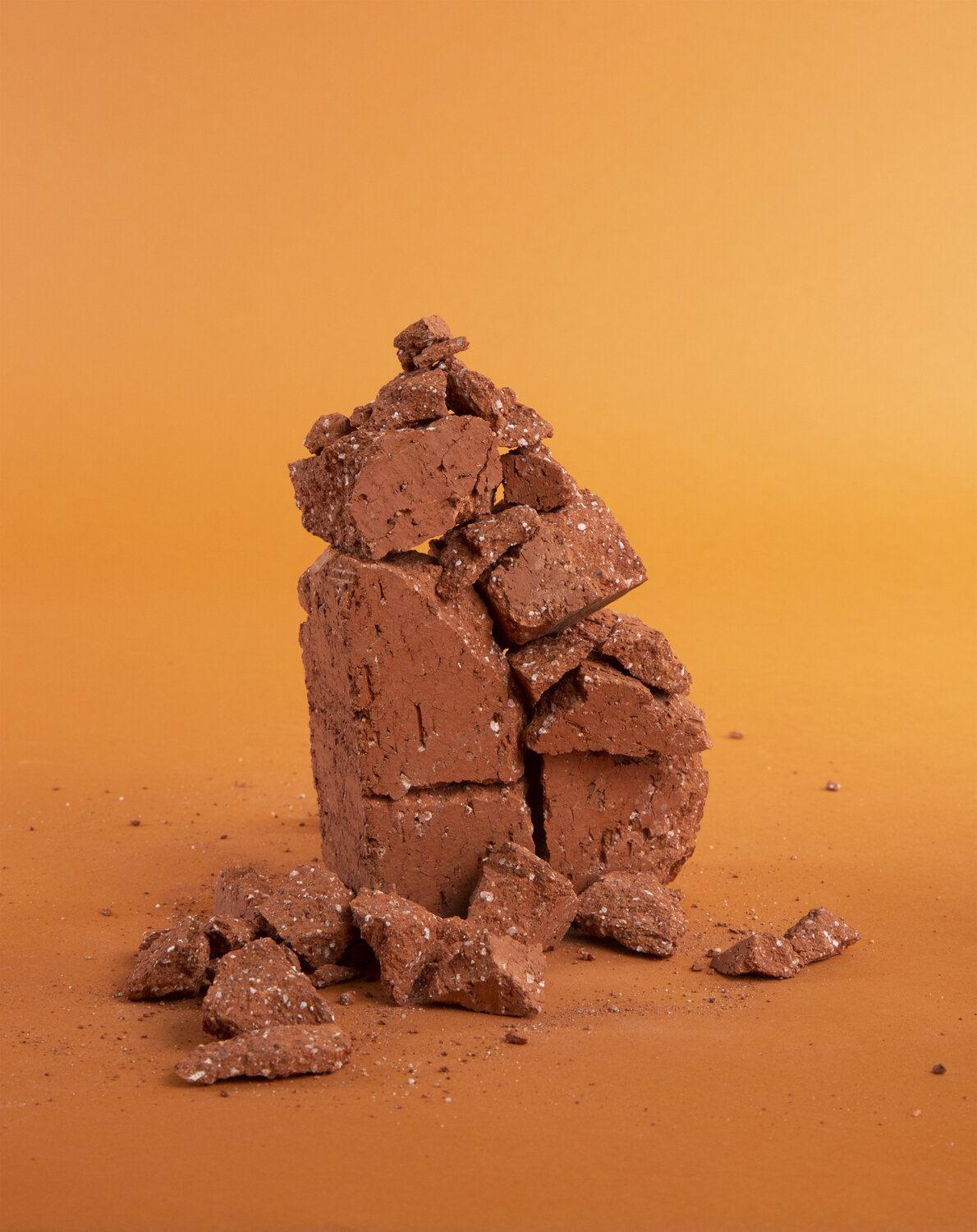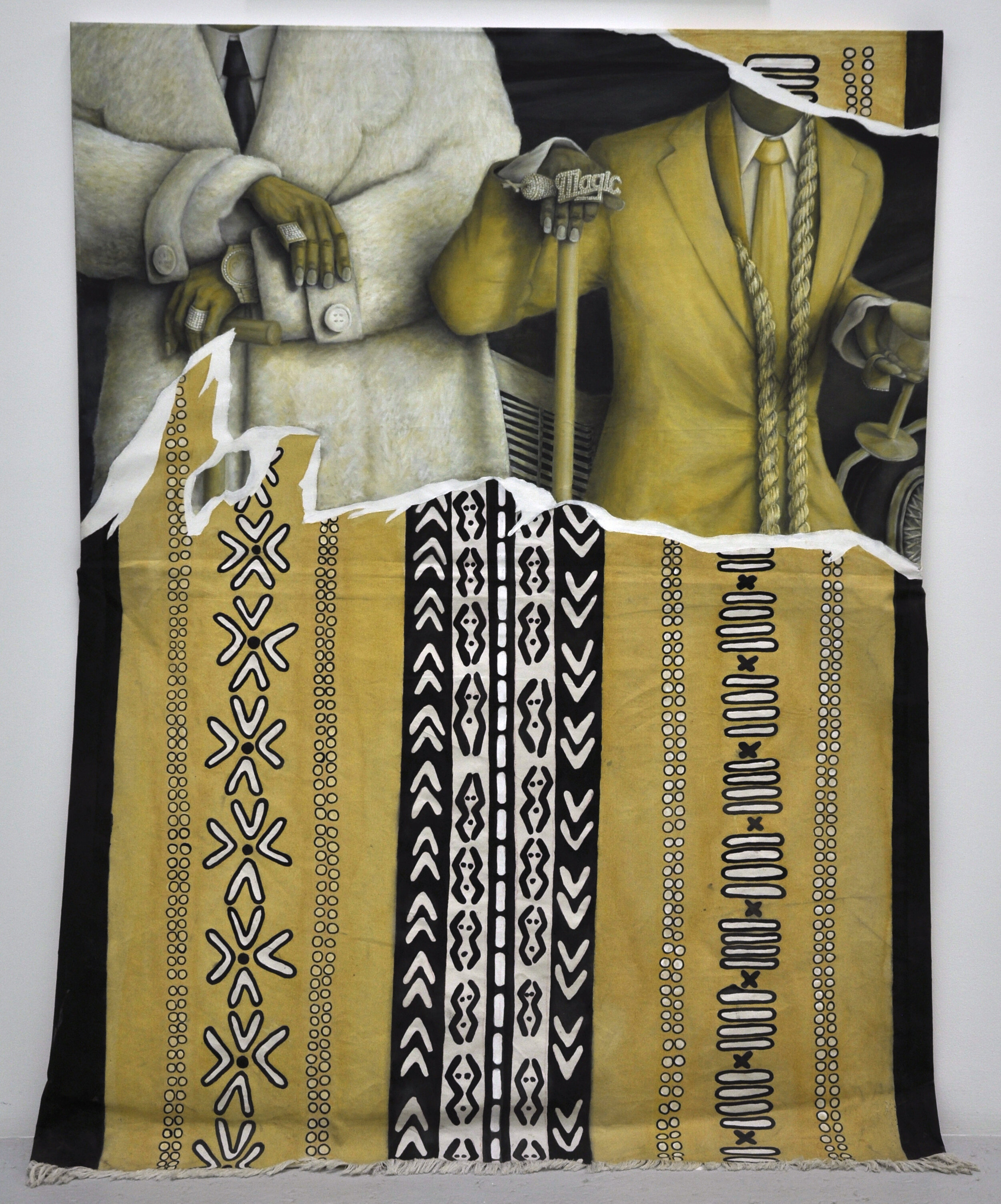Marcela • Lukaza • Troy
Marcela Pardo Ariza • SPILLAGE
Lukaza Branfman-Verissimo • SAY THEIR NAMES, SAY THEIR NAMES LOUD
Troy Chew • STUNT 101
View a preview PDF
Lukaza Branfman-Verissimo
SAY THEIR NAMES, SAY THEIR NAMES LOUD
Right as I think I understand what it says
it cuts off and I search for the next letter
the next symbol that will maybe help me figure out what it all means
Right when I think I’ve memorized all their names
when I say ASHE after every name
at my altar
I learn that one more name has been added to the list
Right when I feel out of breath and out of energy
I remember that we must treasure our breaths and hold them close
because the list has gotten too long
there are too many people who no longer get to breathe
Right as I see them smile
I want them to shine bright forever and feel supported in a world that is hard to live in A new line has begun and it continues the story
our story
my story
their story
We listen closely
We cherish deeply
SAY THEIR NAMES, SAY THEIR NAMES LOUD is an altar, an atlas, a shrine, a sanctuary, an abode, a refuge, a shelter, a terrain, a haven, a hearth, an invitation...to caring, to commitment. There is a lot of text because there are a lot of stories that still need to get out in the world. There is a lot of color because we need as much brightness as we can get these days. There are a lot of voices honored in these works because those voices are not often honored. We need to get used to reading them, learning them, saying them louder and louder and louder.
Marcela Pardo Ariza
Spillage
Earthy red in hue, flecked with white–once loose earth formed and fired into its rigid rectilinear form. The brick as the archetypal symbol of construction, of building, of industry, stability, memory and capital, yet also as a force for destruction, as a common tool heaved in protest, perhaps most iconically as the first object hurled at an oppressive police force at New York’s Stonewall Inn during that historic fight for queer liberation.
San Francisco-based artist Marcela Pardo Ariza’s latest exhibition Spillage, uses the brick as a grounding element in an exploration of contrasts, focusing on the rigidity of architecture juxtaposed against the softness of bodies. On one wall of the gallery we see a repeated patterning of lattice bricks known as “celosias”, two framed prints of the brick’s earthy red rectilinear cousin sitting on top of the celosias. Both bricks photographed on a warm orange background, the brick on the left is whole and the brick on the right, seemingly whole yet revealing that it was once broken and has been meticulously reassembled and grouted back to a semblance of its original form. On the opposing wall painted that same warm orange, are large tightly cropped images of a figure’s rounded back, folds of skin radiating light and shadow. A photograph of an arm reaching and unapologetically snapping to the sky splits the corporeal archway made by mirrored images of the dual curved backs, in a way, reminding us that not all spillages are to be cleaned, some must be celebrated.
Spillage is an investigation of control and the loss of it, and the tensions between the minimal and the ornate, order and chaos and inclusion and exclusion. Proudly honoring bodies that defy the social norm, celebrating hairy and fat bodies, brown bodies and queer bodies–contrasted by the rectilinear form of the brick, which itself has been deconstructed in various permutations. Spillage asks the crucial question of how we exist within all these contradictions, and perhaps how architecture and thereby society can better accommodate, protect and uplift different types of bodies.
Troy Chew
Stunt 101
“My neck stay blinging, my rims stay gleaming, I'm shining man I'll teach you how to stunt ”
- G-Unit (2003)
Whether it be the painter displaying virtuosic details and a handling of the medium, or a patron demanding an even more opulent commission than another, the history of western painting could be broken down to the simple act of stunting. In his latest exhibition, Stunt 101, Bay Area-based painter Troy Chew invites us into a world in which the tradition of the Dutch still-life and the imagery and attitudes of rap music share equal space.
Discarding with the cultural hierarchies of high and low, we enter into a more equitable universe that explores everything from the transatlantic slave trade, african textiles, and the larger african diaspora, to the artist’s unique Slanguage–a pictorial representation of the urban vernacular replete with veiled references and double meanings. Instead of the typically lavish display of fruits, seafood, flowers or game that populates this historical still-life style, Troy Chew instead imbues his deft oil paintings with a kind of striking honesty that speaks to the pain, glory and of course stunting that reverberates throughout urban communities across this country.


































